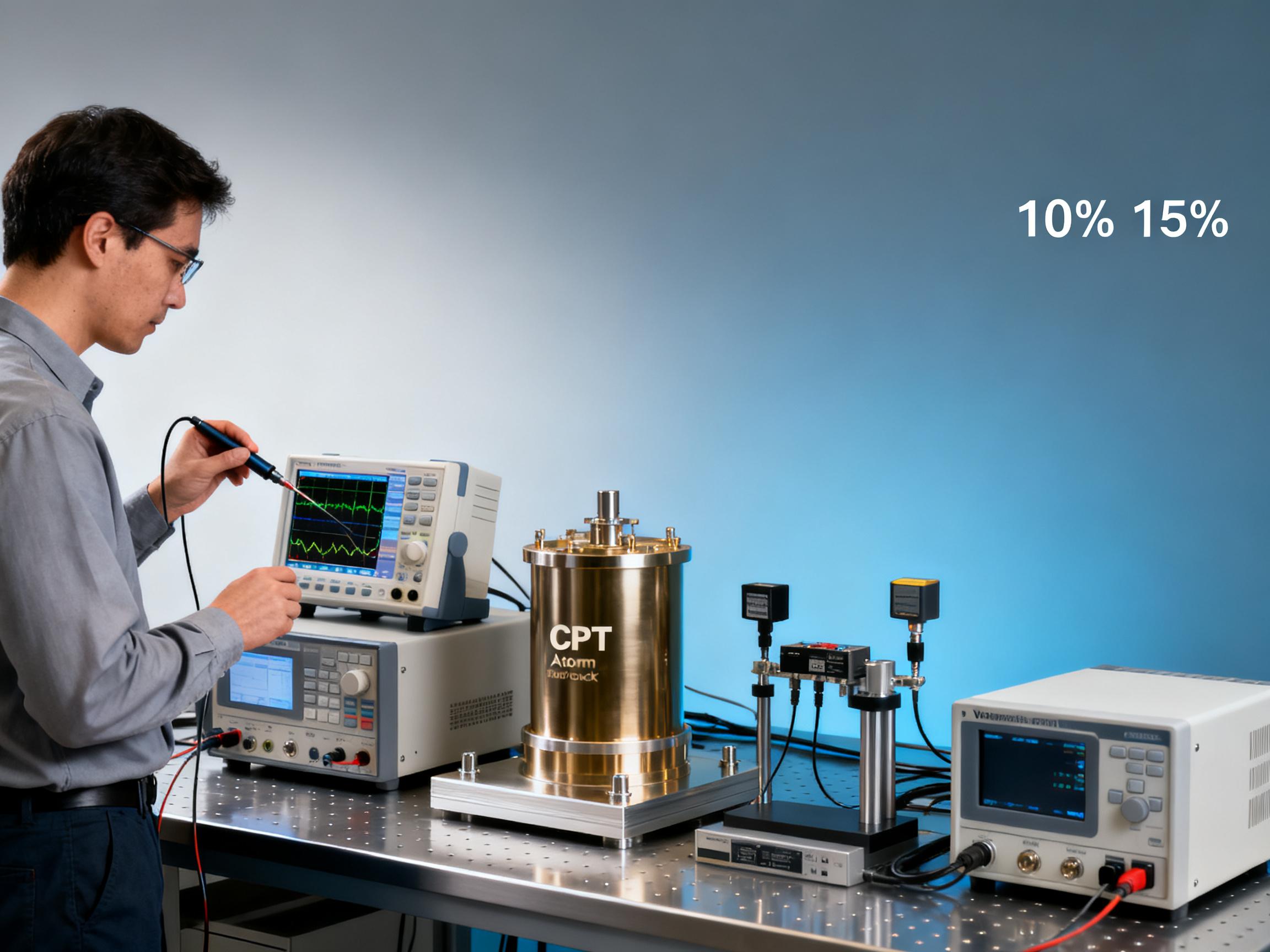RELATED
![How CPT Atomic Clocks Reduce OPEX in 5G Base Stations [Real Data] How CPT Atomic Clocks Reduce OPEX in 5G Base Stations [Real Data]](https://usimg.bjyyb.net/grey.png?x-oss-process=image/resize,m_fixed,w_800,h_600,limit_0) How CPT Atomic Clocks Reduce OPEX in 5G Base Stations [Real Data]2025-12-11
How CPT Atomic Clocks Reduce OPEX in 5G Base Stations [Real Data]2025-12-11 2024 CPT Atomic Clock vs Rubidium: Which Offers Better Stability for Telecom Networks?2025-12-08
2024 CPT Atomic Clock vs Rubidium: Which Offers Better Stability for Telecom Networks?2025-12-08 Live Demo Results: CPT Atomic Clock Performance Under Harsh Environmental Tests (Data Inside)2025-12-05
Live Demo Results: CPT Atomic Clock Performance Under Harsh Environmental Tests (Data Inside)2025-12-05 Budgeting for Precision: Total Cost of Ownership for a Rubidium Atomic Clock Over 5 Years2025-12-03
Budgeting for Precision: Total Cost of Ownership for a Rubidium Atomic Clock Over 5 Years2025-12-03
MESSAGE
Atomic clock is a high-precision time and frequency standard measuring instrument. It uses the energy level transition frequency of atoms as the time reference to achieve extremely accurate timing.
1. Basic Principle:
Atomic clocks use the quantum properties of atomic energy levels. Electrons in atoms are at different energy levels. When electrons transition between these energy levels, they absorb or emit electromagnetic waves with specific frequencies. Since the energy levels of atoms are very stable and precise, the frequency of this electromagnetic wave is also extremely stable and precise. For example, the cesium atomic clock uses the transition frequency (9192631770Hz) between the two hyperfine structure sub-energy levels of the ground state of the cesium atom as the time reference. Atomic clocks determine time intervals by measuring these stable frequencies, thereby achieving high-precision timing.
2. Working Method:
In actual work, the atomic clock first generates an extremely stable frequency signal from the atomic system. The frequency of this signal is related to the energy level transition frequency of the atom. Then, the electronic circuit system processes this frequency signal and converts it into a time and frequency standard signal that people can use. For example, by dividing and multiplying the high-frequency signal generated by atomic transition, a commonly used low-frequency time signal (such as a pulse signal once per second) is obtained for timing and other applications.
3. Main Types:
Atomic clocks mainly include cesium atomic clocks, rubidium atomic clocks, hydrogen atomic clocks, etc. Cesium atomic clocks are one of the most accurate atomic clocks currently and are often used as a benchmark for time frequency; rubidium atomic clocks have the advantages of small size, low cost, and low power consumption, and are widely used in communication, navigation and other fields; hydrogen atomic clocks have extremely high short-term stability and are often used in scientific research and applications that require high-precision time measurement.
4. Application Areas:
Atomic clocks have vital applications in many fields. In the field of aerospace, it provides accurate time reference for satellite navigation systems (such as GPS, Beidou, etc.) to ensure the accuracy of positioning and navigation; in the field of communications, it is used for time synchronization of communication networks to ensure the accuracy and stability of data transmission; in scientific research, atomic clocks provide high-precision time measurement for basic physics experiments, astronomical observations, etc., helping scientists to conduct more accurate experiments and research; in the financial field, the high-precision time of atomic clocks can be used for high-frequency trading to ensure the accuracy and fairness of trading time.
With its high precision and high stability, atomic clocks have become an indispensable and important tool in modern science and technology and social life.
CONTACT US
Please use the form below to get in touch.
If you need a reply we will get in touch as soon as possible.

![How CPT Atomic Clocks Reduce OPEX in 5G Base Stations [Real Data] How CPT Atomic Clocks Reduce OPEX in 5G Base Stations [Real Data]](https://usimg.bjyyb.net/sites/91500/91958/1765179857856560163985903616.jpeg)



